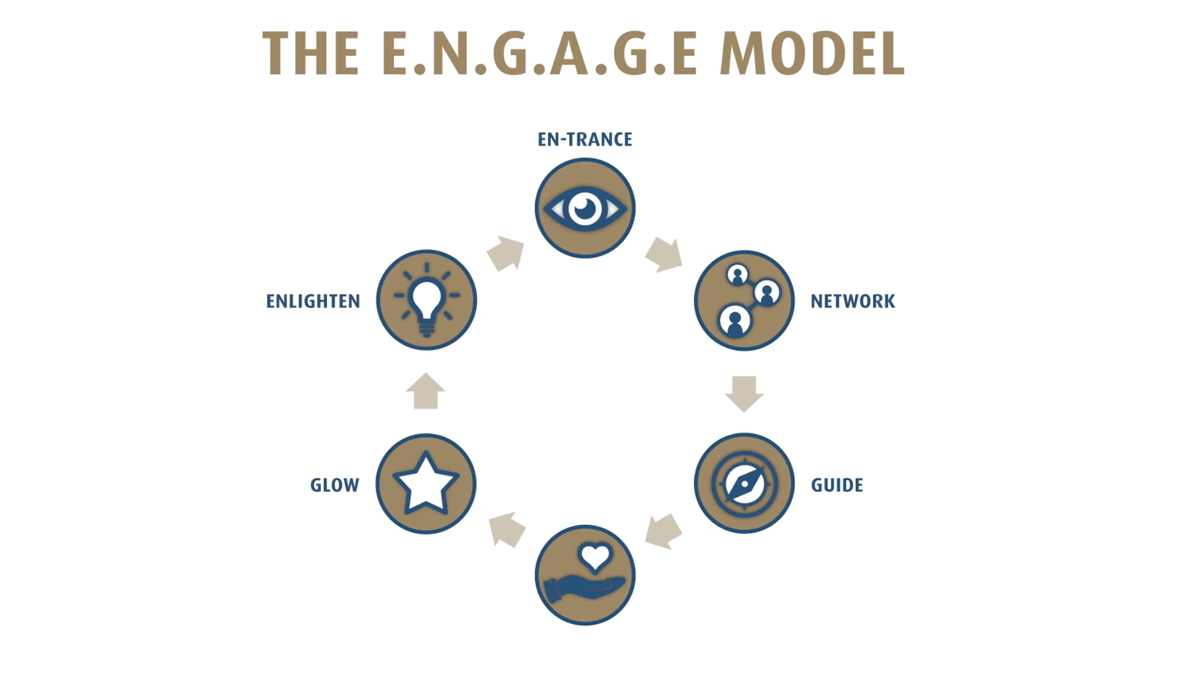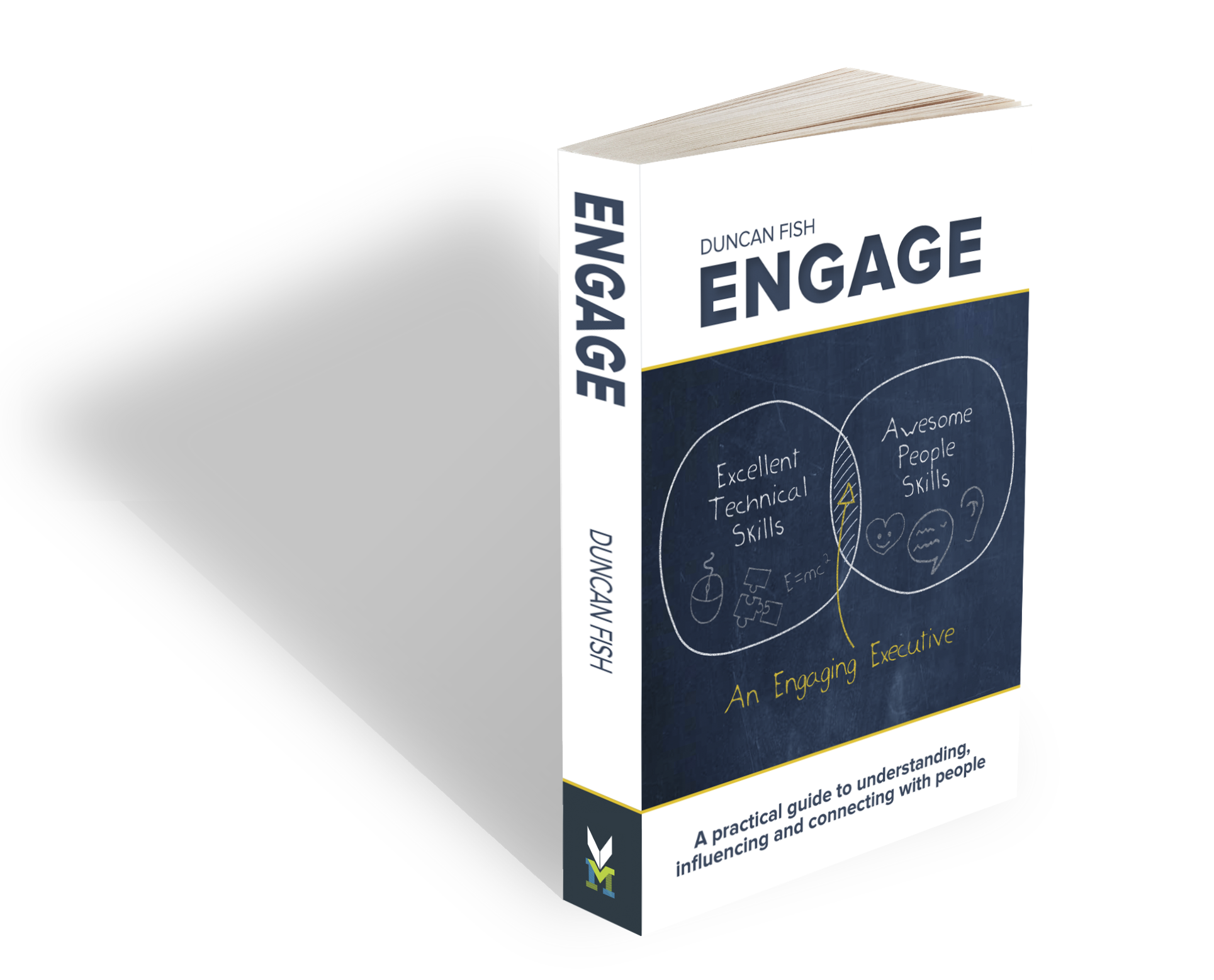Real Success Stories: Unlocking Your Storytelling Savvy
Posted By Duncan Fish on May 22, 2017

One of my clients—let’s call him George, for our story’s purpose—came to me with absolutely abhorrent storytelling skills. Give his coworkers the choice between watching paint dry in the conference room, and listening to another one of his PowerPoint presentations, and every single one of them would most assuredly pick the former.
It’s sad, really, because George is a very nice guy and very good at all the technical skills that his job requires. He’s not even a boring person by nature—he has lots of fun hobbies, travels and is well read. It’s just that he can’t tell an interesting story to save his life. He gets up in front of a crowd, chokes and starts giving dry anecdotes that lead to nowhere, followed by jokes with not enough build up to the punchline.
When George came to me, he was preparing for a large presentation at an upcoming conference. His supervisors would be there, he’d have a large audience and he wanted to make a great impression.
He knew his storytelling skills weren’t the best—he’d certainly seen the looks in his coworkers’ eyes whenever he took the stage—so he sought out some coaching in this department.
As George soon learned, becoming a great storyteller isn’t as difficult as he thought. It was almost ludicrously simple; he just needed to unlock the stories that were hiding inside his mind all the time, and then tell them in a way that made sense to his audience.
One of the biggest tips George learned was the Short Story Rule—basically, that every story must have a beginning, middle and end, and they must be arranged so that they gradually build the listener’s interest and excitement. Then, all that story must be made real and colourful, with the right word choices and the right revelation of inner dialogue. A good anagram to remember is “VAKOG“ : Visual, Auditory, Kinesthetic, Olfactory and Gustatory. In other words, tell your listeners what you see, hear, feel, smell and taste.
Using these tips, George was able to turn some of his many interesting life experiences into an intriguing story by first setting a vivid scene, then giving his audience the meat of the story (or the conflict) and then following it all with a dramatic punch line that relieved all the anticipation he built during his midway point. Weave all that good storytelling together with some fantastic points from his PowerPoint, and George had a regular winning presentation on his hands.
In fact, you could say George became the talk of the conference, and he received unending compliments for a presentation that was not only technically informative, but also interesting and attention-grabbing.
I know what you’re thinking—well, if it was so easy for George, he must’ve been somewhat special to begin with. That’s not necessarily true. George was a regular guy who was more interested in the technical specialities of his work, than the social and interpersonal skills needed to be a good leader. All it took was a little coaching to set him on the path to becoming his own Engaging Executive.
See if you’re in the same boat as George, you will be dazzling audiences in no time.
Troubled?
As you practice this more and more, it will feel natural however, feeling the sense of “Hold on, this does not feel authentic” is normal. In fact, we have this explained in our Vlog: ‘Learning vs Authenticity’, watch here. If you would like a to read about being serious on developing your skills and goals, read here.
If you would like a free assessment of skills against the ENGAGE model, click here.



